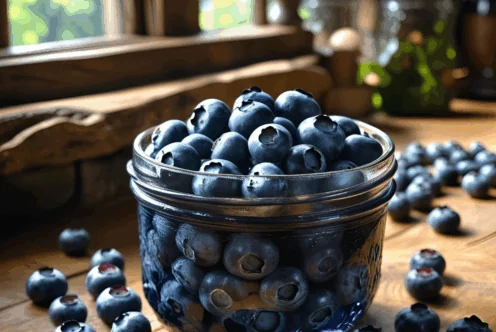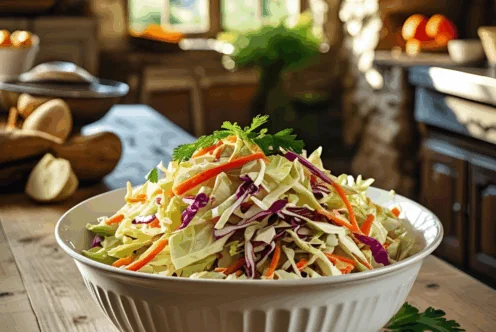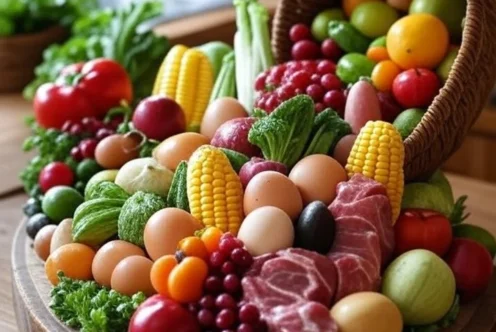Blog
Move Over Pumpkins! 8 Other Squash Varieties to Try This Fall
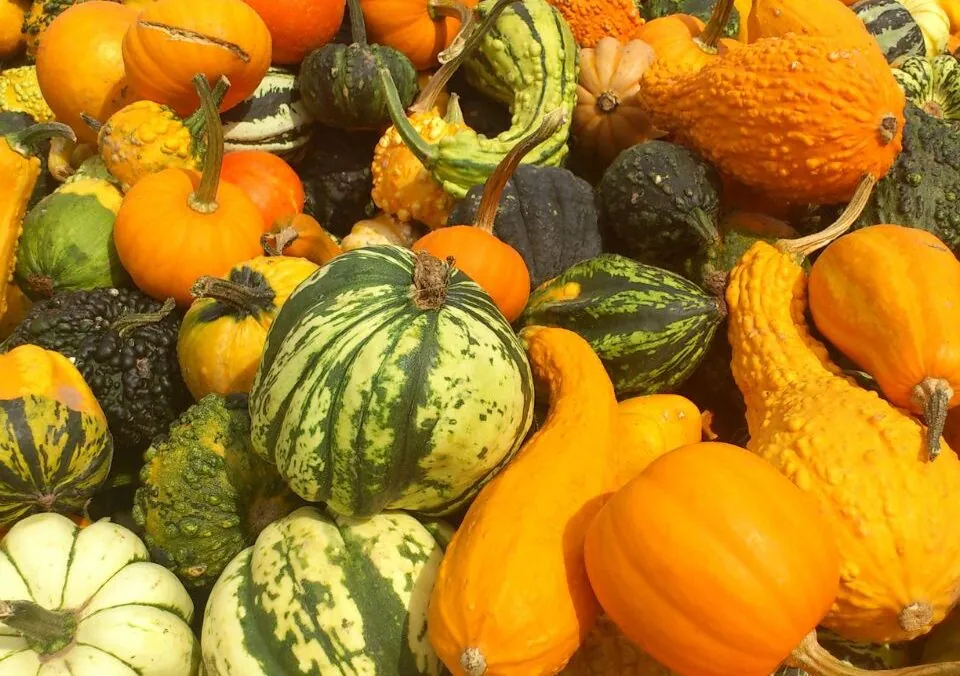
As soon as autumn makes its entrance, the air turns crisp and the world seems to burst into a vibrant display of orange and gold. Pumpkins become the darling of the season, gracing everything from lattes to home décor. While the pumpkin craze is certainly enjoyable, there are many other fall squash that deserve recognition beyond their festive cousin. These varieties offer incredible flavors and a wealth of nutritional benefits. In Arizona, where a diverse agricultural landscape thrives, several squash options flourish in the fall months, specifically from September to November. Let’s explore eight delightful squash varieties that can elevate your fall meals and décor!
1. Acorn Squash
Acorn squash is an iconic fall favorite that has a distinct, sweet flavor. Its unique acorn shape and dark green skin make it visually appealing, and its vibrant orange flesh is perfect for stuffing or baking. This small-to-medium sized squash can be used in various dishes, including savory stuffing mixtures or sweet maple glaze for a delightful roasted side dish.
Cooking Tips:
To prepare acorn squash, you can slice it in half, remove the seeds, and roast it in the oven sprinkled with olive oil, salt, and your favorite spices. Alternatively, for a heartier option, you can stuff it with grains, nuts, and vegetables before baking. Acorn squash pairs beautifully with flavors like sage, brown sugar, and butter. For more ideas check out The Food Network.
Nutrition:
Acorn squash is rich in vitamins A and C, fiber, and antioxidants, contributing to a healthy diet. The orange flesh is particularly high in beta-carotene, which is beneficial for vision and skin health.
2. Buttercup Squash
Buttercup squash is another excellent autumn choice, known for its small, round shape and dark green rind with a distinctive orange spot at the stem. The sweet, creamy flesh makes it perfect for baking or mashing. It’s a great alternative to potatoes in many recipes.
Cooking Tips:
You can roast buttercup squash in chunks, puree it for soups, or mash it with a sprinkle of cinnamon for a delicious side dish. Many enjoy using buttercup squash in pies and other desserts, similar to pumpkin.
Nutrition:
Loaded with vitamins A and C, as well as dietary fiber, buttercup squash can improve digestive health and boost the immune system.
3. Delicata Squash
Delicata squash is a thin-skinned wonder full of flavor and convenience. With its creamy texture and sweet, nutty taste, delicata squash can be cooked and eaten without peeling, making it a favorite among home cooks.
Cooking Tips:
One of the simplest ways to enjoy delicata squash is to slice it into rings, toss it with olive oil, salt, and pepper, and roast until tender. You can also stuff it with a mixture of grains, vegetables, and cheese for a hearty dish.
Nutrition:
Delicata squash is an excellent source of vitamins C and B6, as well as potassium and dietary fiber, aiding in heart health and digestion.
4. Dumpling Squash
Dumpling squash is a charming mini variety that’s often used for decorative purposes due to its unique shape and coloration—usually a mix of green and orange. But don’t let their small size fool you; these squashes are delightful when baked, grilled, or steamed.
Cooking Tips:
Dumpling squash can be sliced and roasted, added to soups, or even stuffed with savory fillings. They are perfect for small servings and can be served as an appetizer or side dish.
Nutrition:
This squash contains a good amount of vitamins A and C, along with fiber, making it an excellent addition to a balanced diet.
5. Kabocha Squash
Kabocha squash, often called Japanese pumpkin, has a tough, dark green skin and a rich, sweet flavor. Known for its velvety texture, kabocha squash can elevate any autumn dish with its impressive flavor profile.
Cooking Tips:
Kabocha squash can be roasted, used in curries, or transformed into a creamy soup. Chefs love it for its versatility and depth of flavor, particularly in Asian-inspired dishes.
Nutrition:
Rich in fiber, vitamins A and C, and minerals, kabocha squash can help improve digestion and support immune functioning.
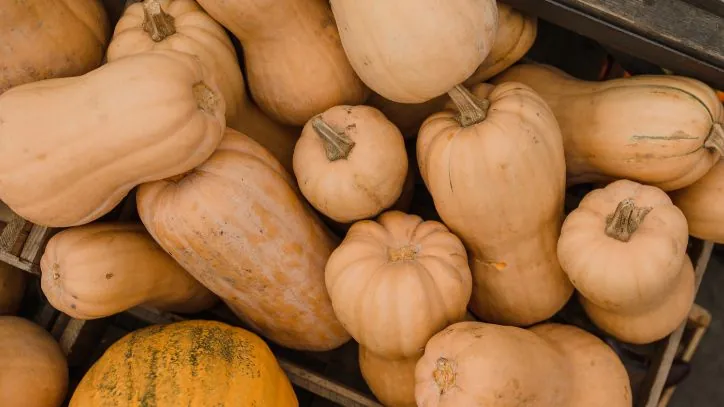
6. Butternut Squash
Butternut squash is perhaps one of the most recognized squashes thanks to its vibrant hue and versatile culinary applications. The sweet, nutty flavor makes it an ideal candidate for baking, roasting, and sautéing in a variety of dishes.
Cooking Tips:
You can dice butternut squash and roast it with olive oil, garlic, and herbs for a delightful side dish or blend it into soups for a creamy texture. Butternut squash also works well in salads and stir-fries, providing both flavor and color.
Nutrition:
High in vitamins A and C, butternut squash is a fantastic source of antioxidants and fiber, promoting eye health and digestion.
7. Spaghetti Squash
Spaghetti squash may just be the most unique squash on this list. When cooked, the flesh of this oval-shaped squash separates into spaghetti-like strands, making it a popular low-carb substitute for pasta.
Cooking Tips:
Spaghetti squash is delicious when baked and served with marinara sauce or sautéed vegetables. For a heartier dish, you can mix it with cheese, herbs, and meats.
Nutrition:
This squash is low in calories but high in fiber, making it a great choice for those looking to manage their weight while still enjoying hearty meals.
8. Acorn Squash Variations
In addition to traditional varieties, acorn squash comes in various colors and shapes, offering an exciting twist to meals. With these variations, you can explore an array of flavors and textures.
Cooking Tips:
Get creative by mixing different types of acorn squash in prepared dishes for unique flavor combinations. Whether using them in stuffed recipes or adding them to casseroles, unique varieties can enhance the overall dining experience.
Nutrition:
Still providing the benefits of its classic counterpart, these variations of acorn squash also deliver vitamins and minerals essential for your autumn diet.
Conclusion
As you embark on your fall cooking adventures, it’s a great time to discover these lesser-known squash varieties that can provide delightful flavors and impressive nutritional benefits. Not only do these squashes present delicious options for meal rotation throughout the season, but they also offer variety in culinary presentation and taste.
From the sweet, versatile butternut squash to the creamy delicata, each type offers something special. So, why not shake up your fall routine and give these squashes a well-deserved spotlight alongside pumpkins? Whether you’re hanging out at the local farmers’ market or browsing your grocery aisle, keep an eye out for these flavorful gems. Explore new recipes, incorporate them into your meals, and share your culinary creations with friends and family!
For more articles like this, and to stay updated on seasonal produce, trends, and healthy cooking tips, check out the Fill Your Plate blog. Happy cooking!
By Heide Kennedy, Arizona Farm Bureau Communications Intern














